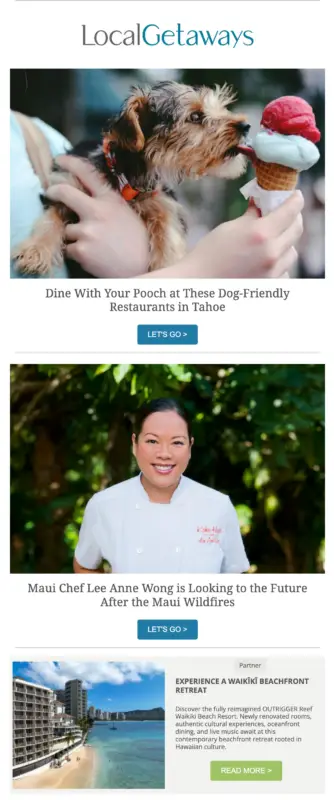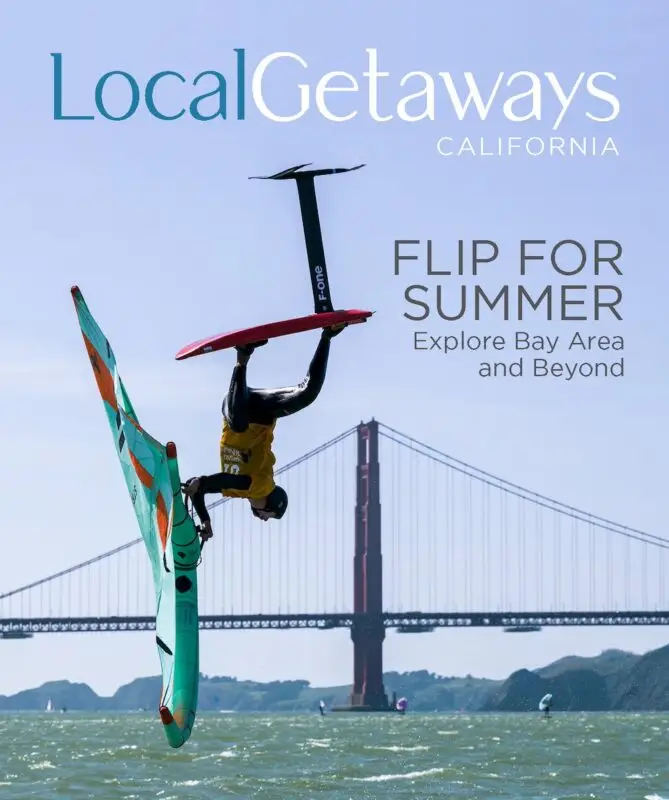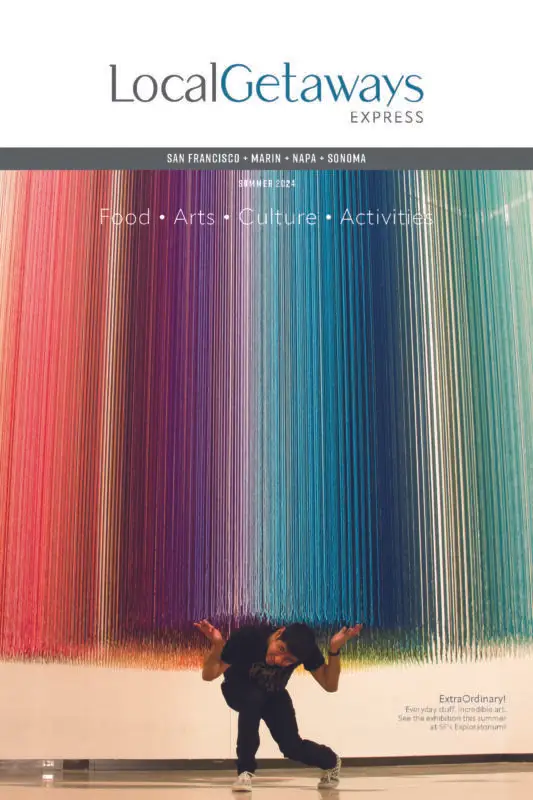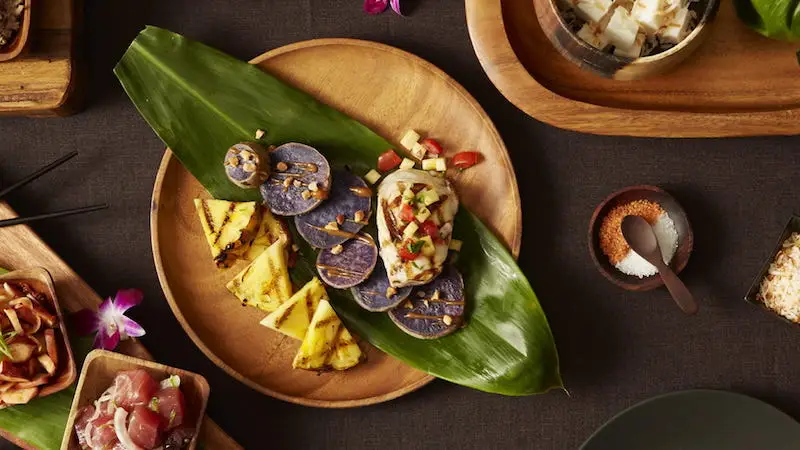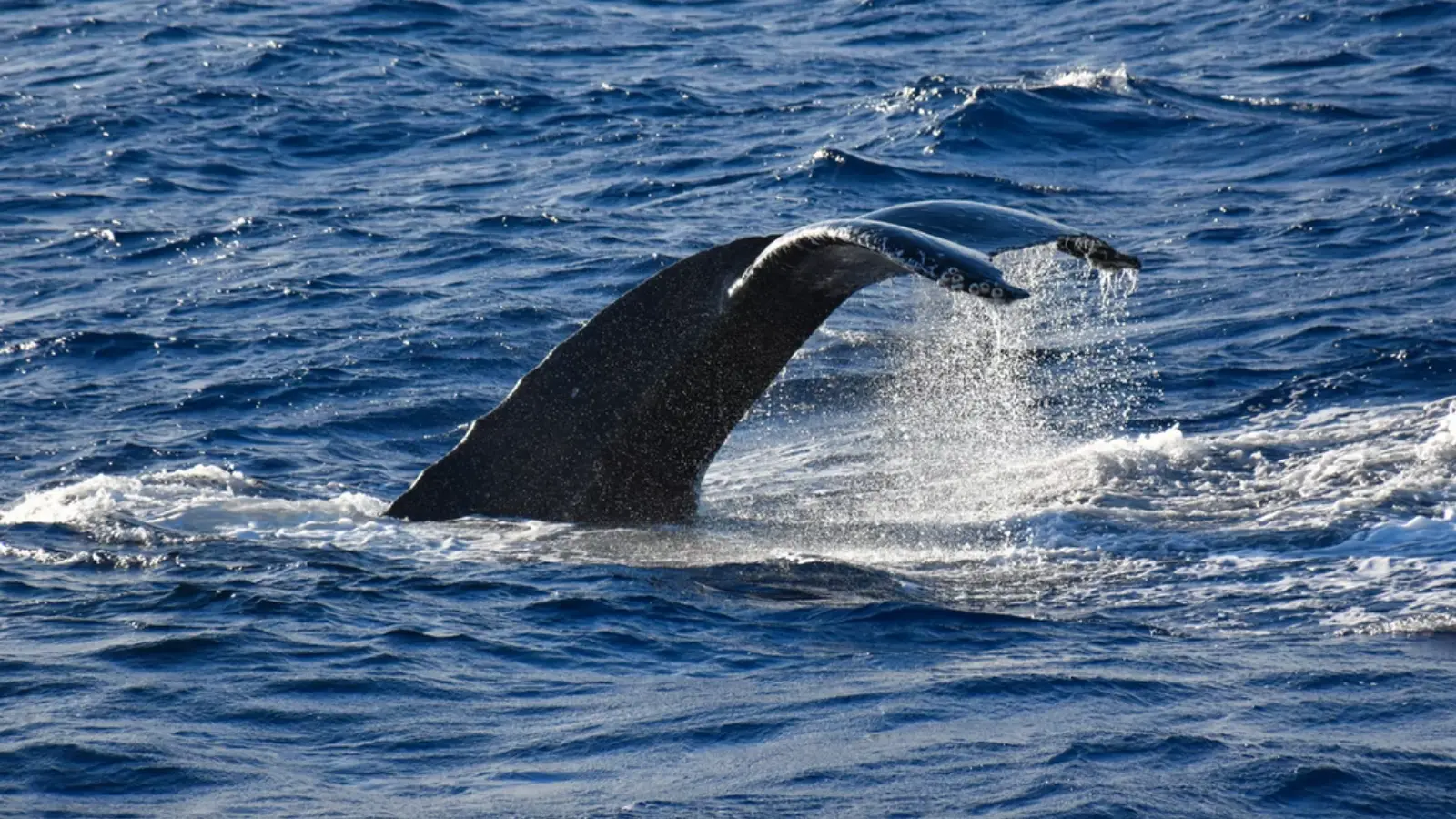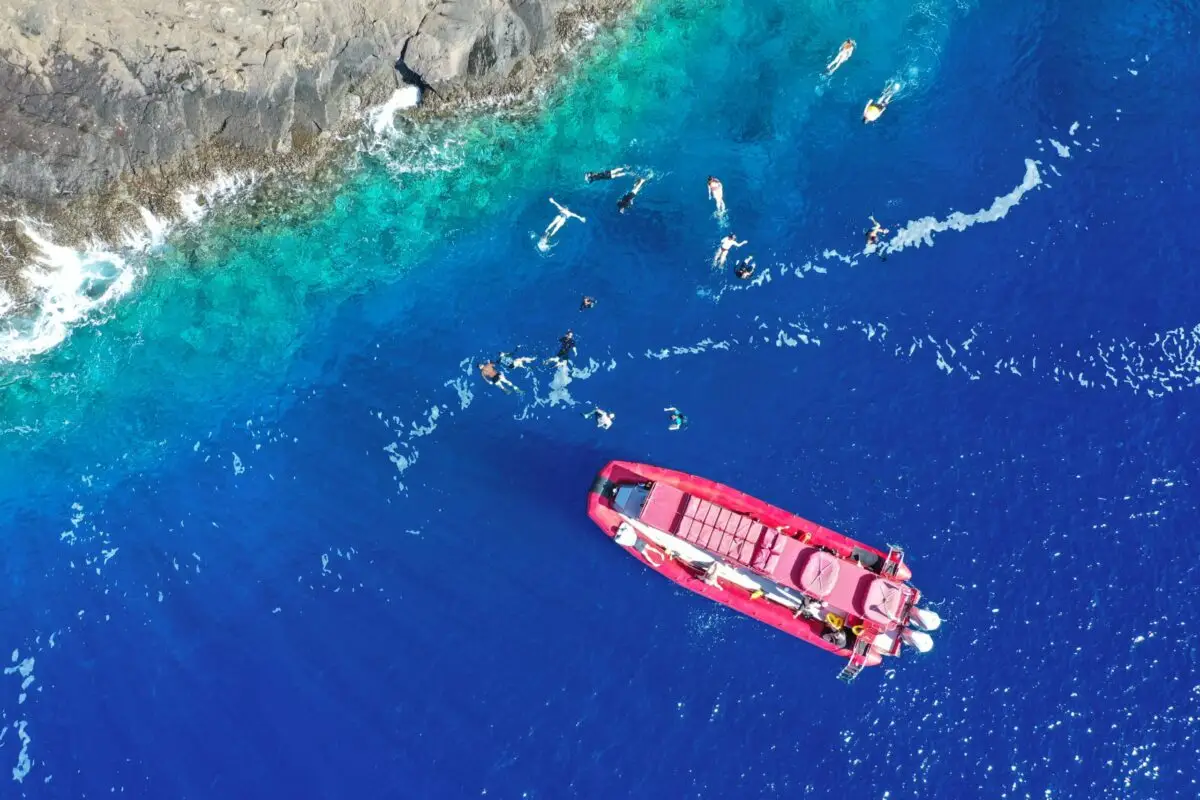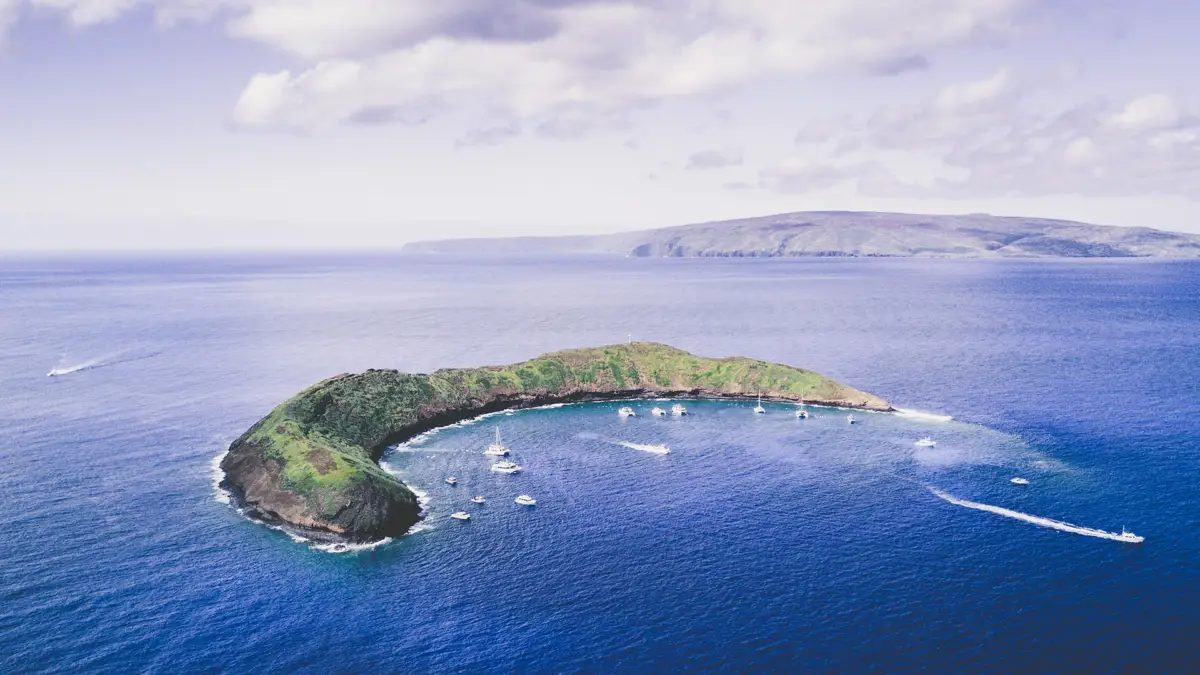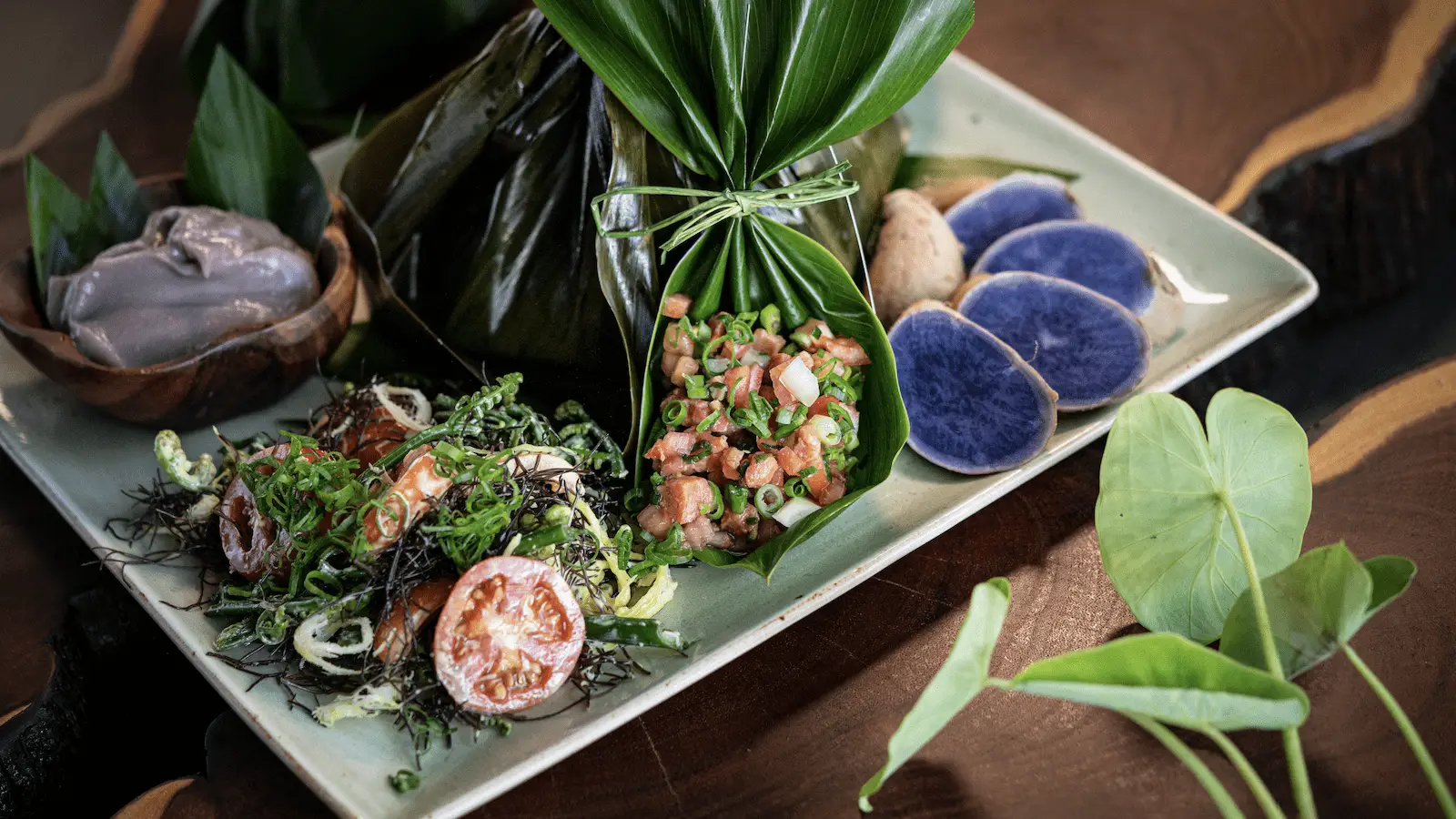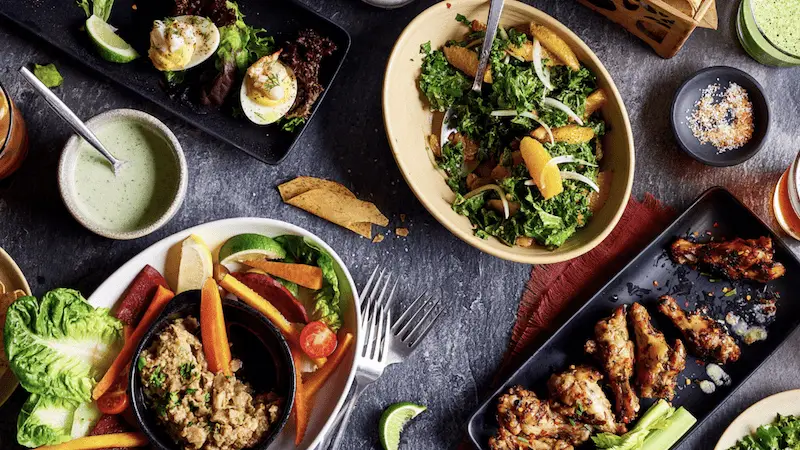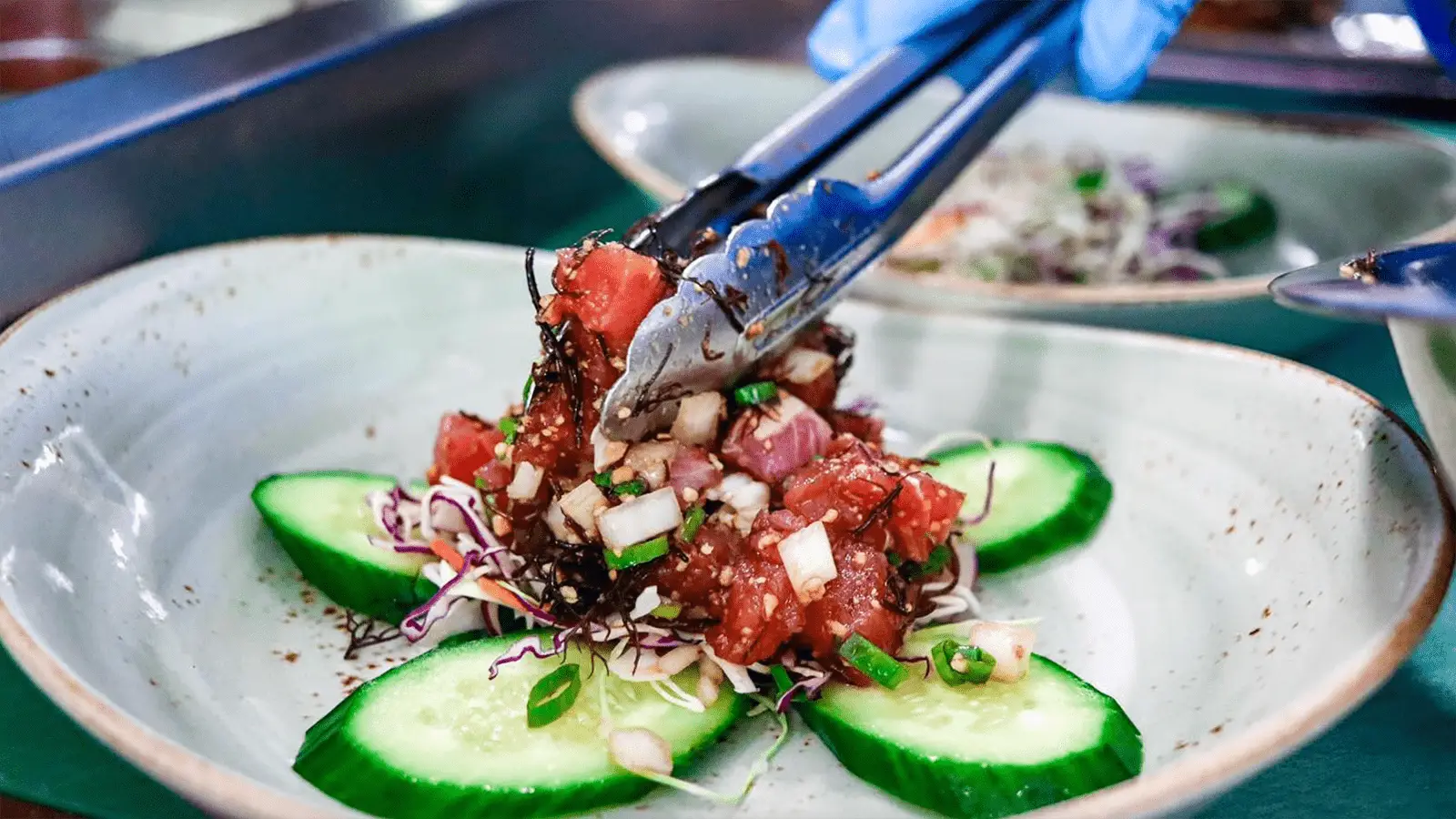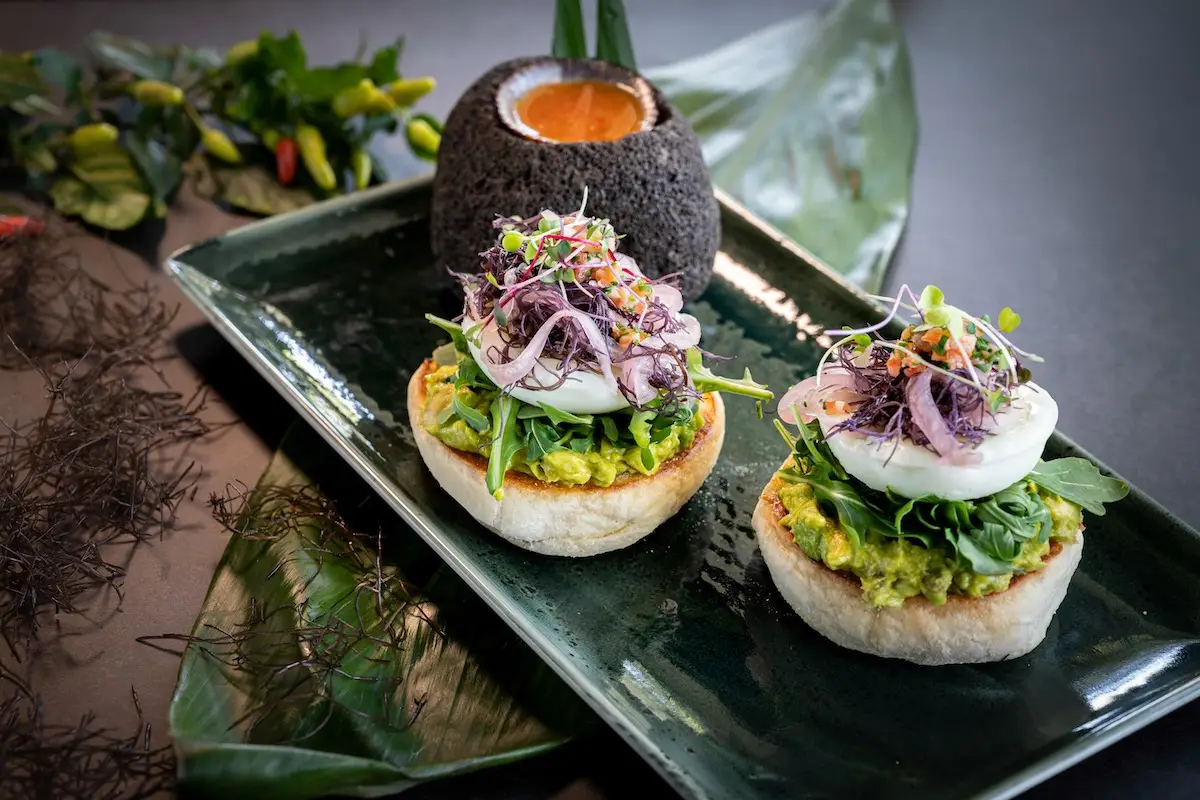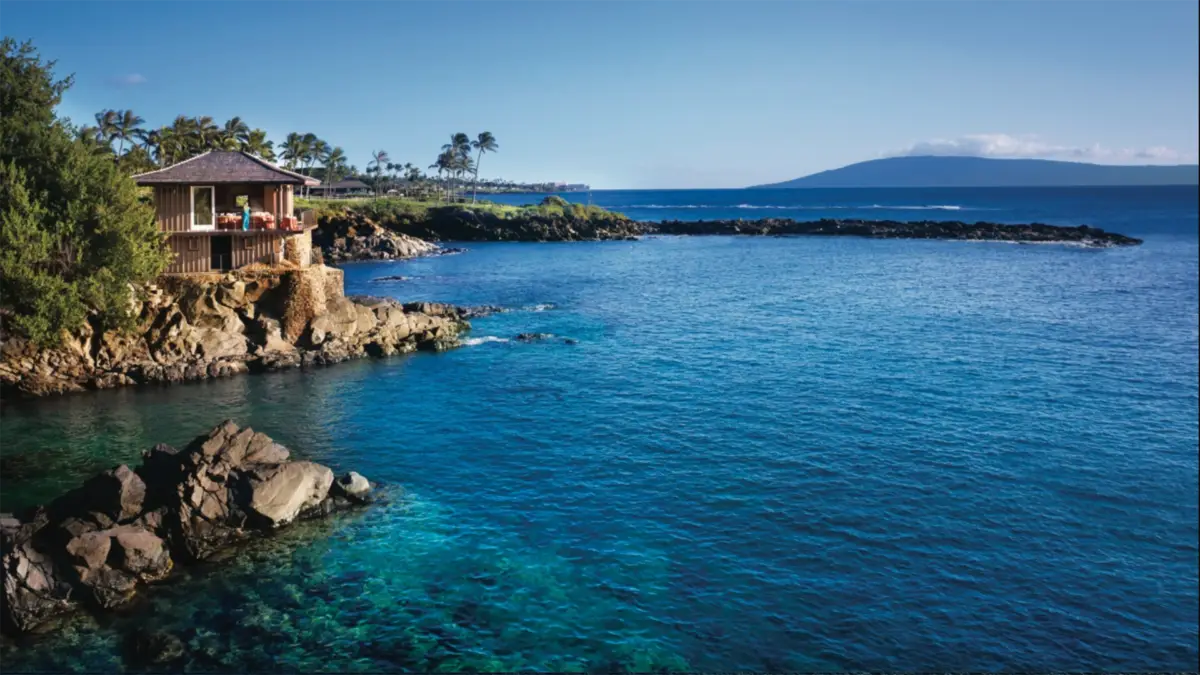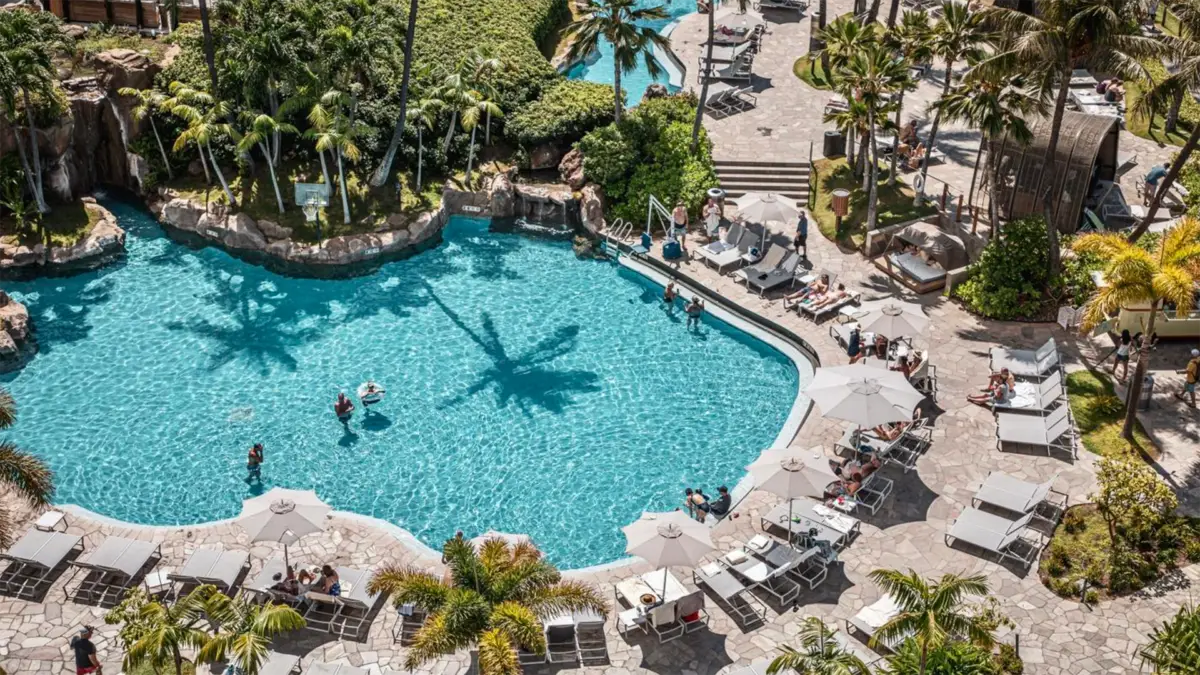
Explore Maui's West Side
Travel Maui's West Side Like a Local
Top restaurants, hotels, and activities featuring the best of Ka'anapali, Lahaina, and Kapalua, curated by local experts
- Ka’anapali means “rolling cliffs”
- Lahaina, former capital of the Hawaiian Kingdom, means “cruel sun”
- Kapalua means “two borders.”
- Kapalua Bay is a popular site for novice snorkelers.
- Lahaina’s sprawling Banyan Tree, the oldest in Hawaii, was planted in 1873.
- Hawaii’s longest-running slack-key guitar show, started in 2003, takes place weekly at Napili Kai Beach Resort
The main town names to master on the west side are Lahiana (lah-high-nah), Kaanapali (kah-ah-nah-pah-lee) Napili (Nah-pea-lee) and Kapalua (cop-ah-loo-ah). For beachgoers, Maui’s West Side has everything from iconic bays at Kapalua and Napili to 3 miles of sand at Kaanapali. Relax at Kaanapali Beach, where resorts and gentle waves line the long beach. In calm conditions, snorkel around the base of Black Rock (Puu Kekaa), steering clear of cliff jumpers, to see a rainbow of tropical fish. Kapalua is another upscale resort community with revered golf courses, a coastal trail and inviting waters, not far from the famous surfing spot of Honolua Bay.
The first ruler to unite the Hawaiian Islands, King Kamehameha I chose Lahaina to be his capital in 1802, a role it served until 1845. Lahaina was also known as a whaling harbor for many years, with the first whalers arriving in 1819. By the 1860s, the whaling industry was in decline, and by 1861, the first sugar mill, known as the Pioneer Mill Company, established a stronghold near the town. In 1873, William Owen Smith planted the famous Banyan Tree in what is now Banyan Court Park; Lahaina’s first hotel, the Pioneer Hotel, was built along the harbor in 1901 and remains in business today. Since then, Lahaina has remained a hub for Maui visitors and residents.
Kaanapali, just north of Lahaina, has for centuries attracted competitors in lele kawa, cliff diving, at Puu Kekaa, commonly known as Black Rock. During World War I, Kaanapali hosted a well-known racetrack, however, it remained off visitors’ radar until the early 1960s, when it became the site of the state’s first master-planned resort community. Today the 1,200-acre Kaanapali Beach Resort includes six hotels, five condo villages and two 18-hole golf courses.
In the 1800s, Kapalua was called Honolua Ranch and later became the Honolua Sugar Plantation. The area was eventually recognized for its tourism otential, with the first hotel on the 23,000-acre Kapalua Resort opening in 1978. It’s now home to two luxury hotels—the Ritz-Carlton Maui, Kapalua, and Montage Kapalua Bay—plus upscale condos, award-winning restaurants, and two renowned golf courses.

